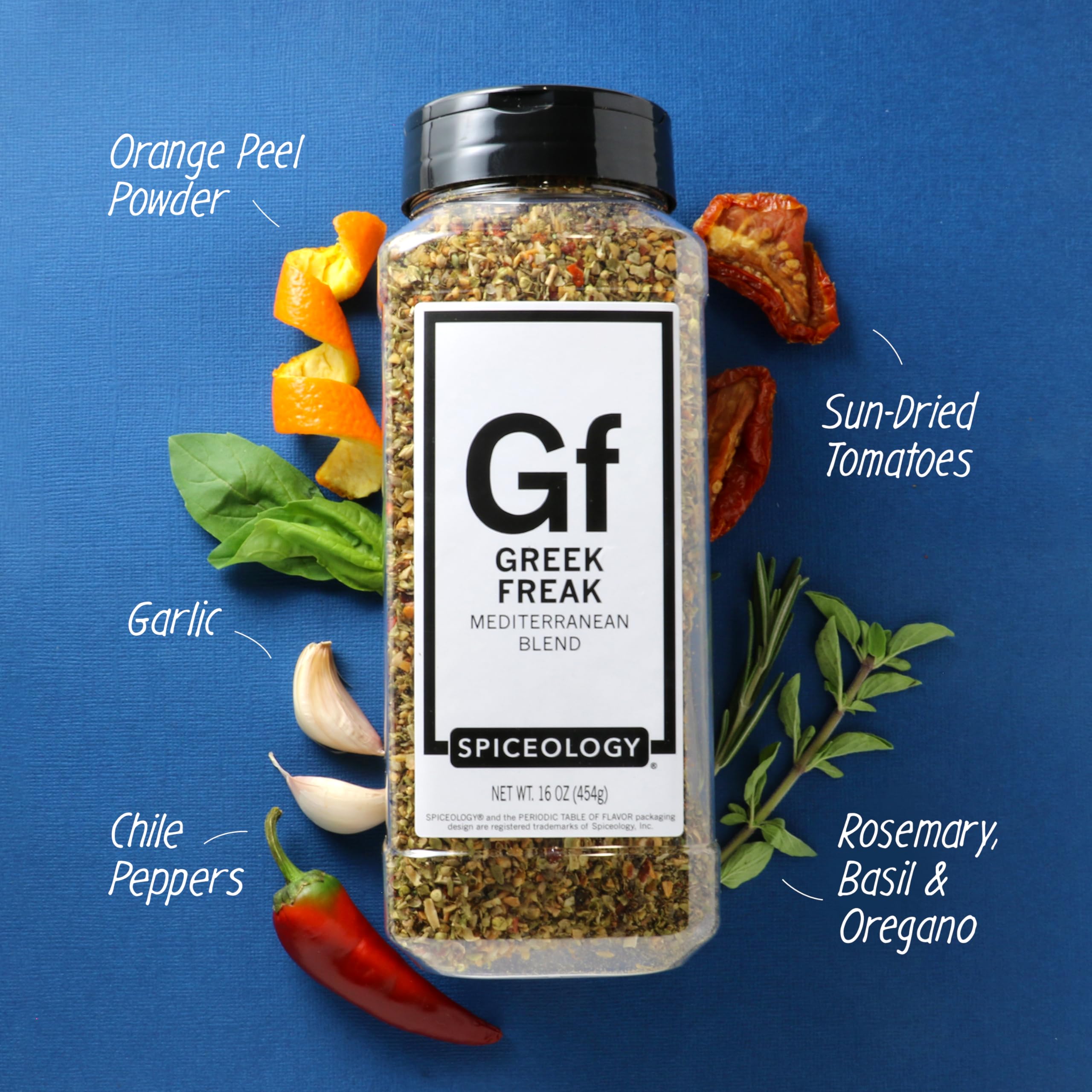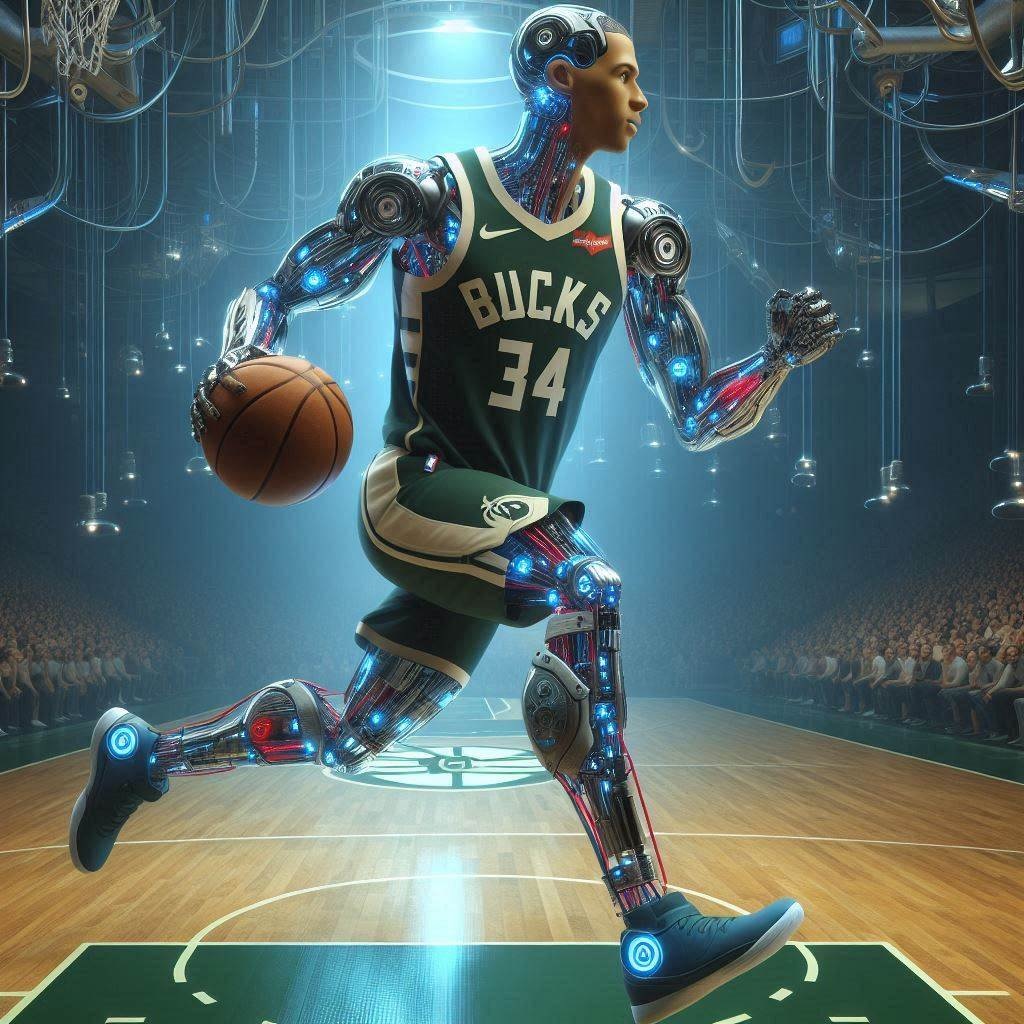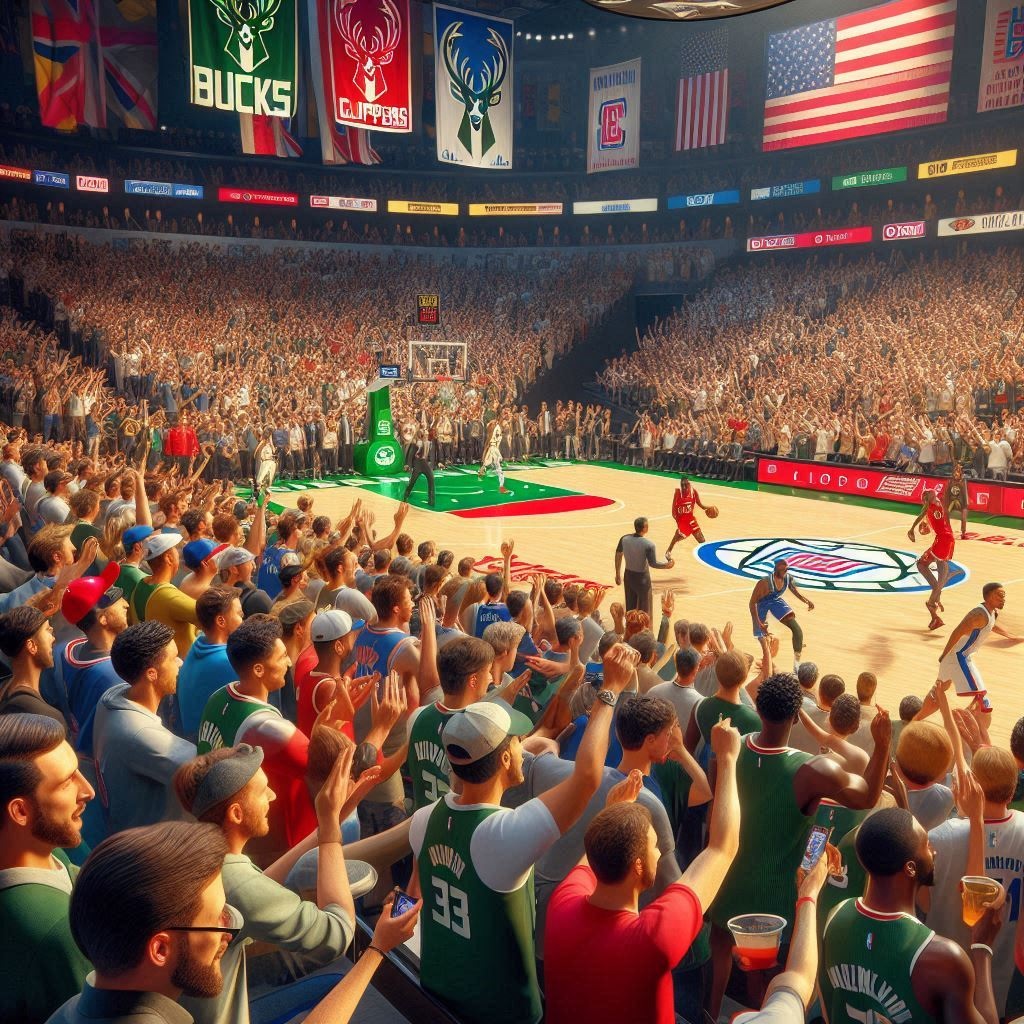The Nike Zoom Freak 5, the fifth signature basketball shoe in Giannis Antetokounmpo’s line, has been marketed as a high-performance option for dynamic players. With Giannis’ name attached—a two-time NBA MVP and one of the most physically dominant players in the league—expectations for the Freak 5 were sky-high. However, despite the hype and some positive reviews, the shoe has significant flaws that make it overrated and, frankly, disappointing. From lacklustre technology to poor design choices, here’s a detailed breakdown of why the Nike Zoom Freak 5 falls short of its promise.
1. Subpar Technology for a Signature Shoe
One of the biggest criticisms of the Nike Zoom Freak 5 is its outdated and minimal technology, especially for a signature shoe priced at $140. For a shoe designed for a player like Giannis, known for explosive drives and relentless physicality, you’d expect cutting-edge cushioning and support systems. Instead, the Freak 5 offers:
- Basic Cushioning Setup: The shoe features a firm Phylon midsole with a single encapsulated Zoom Air unit in the forefoot. While this setup provides some responsiveness, it lacks the plushness or energy return found in competitors like the Nike LeBron 21 or even the budget-friendly Nike Ja 1. Reviewers have noted that the cushioning feels “basic” and can bottom out under heavier players, offering insufficient impact protection for aggressive playstyles.
- No Midfoot Shank: A glaring omission is the lack of a midfoot shank plate, which is crucial for torsional support. For a player like Giannis, who makes sharp lateral cuts and explosive movements, the absence of a shank is baffling. This leads to instability during quick directional changes, increasing the risk of ankle rolls. Many players have reported that the shoe feels flimsy in the midfoot, a problem that even custom insoles struggle to fix.
- Hollowed-Out Midsole: The heel features a notched-out foam section to add compression, but this feels like a cost-cutting measure rather than a performance enhancer. The result is a shoe that feels cheap and lacks the robust structure needed for high-intensity games.
Compared to earlier models like the Freak 2, which had a more balanced cushioning system, or even the Freak 4, which offered better stability, the Freak 5 feels like a step backward in terms of innovation. Nike seems to be banking on Giannis’ star power rather than delivering a shoe that matches his on-court dominance.
2. Lackluster Support and Stability
Support is a critical factor in basketball shoes, especially for players who rely on lateral quickness or physicality. Unfortunately, the Nike Zoom Freak 5 falls short in this department:
- Minimal Support Features: The shoe relies on a broad base and firm cushioning for stability, but it lacks advanced support features like a shank plate, spring plate, or a robust chassis. This is particularly disappointing for a shoe designed for one of the NBA’s most physical players. Players have reported rolling their ankles or feeling unsupported during aggressive movements, with one reviewer noting their first ankle roll in two years while wearing the Freak 5.
- Inadequate Lockdown: While the Freak 5 has four internal containment pieces to secure the foot, the lockdown is described as “adequate but nothing special.” Some players have experienced heel slippage, which can be a dealbreaker during fast-paced games. The upper materials, while lightweight, don’t provide the containment needed for explosive movements.
- Poor Fit for Wide Feet: The Freak 5 runs narrow, especially in the forefoot, making it unforgiving for wide-footed players. Many have reported discomfort and even pain due to the tight fit, with some recommending going up half a size—an inconvenience for a shoe that should cater to a broad range of athletes.
These issues make the Freak 5 a risky choice for players who need reliable support, especially compared to competitors like the Nike G.T. Cut 3 or LeBron 22, which offer superior stability and lockdown.
3. Disappointing Materials and Build Quality
For a $140 signature shoe, the materials on the Nike Zoom Freak 5 feel surprisingly cheap and uninspired:
- Low-Quality Upper: The combination of textiles and synthetic leather is functional but far from premium. Reviewers have criticized the materials for feeling “plasticky” and lacking durability, with some reporting tears or wear after just a few games. The upper also lacks the breathability needed for long games, leading to discomfort.
- Durability Concerns: Multiple players have reported issues with the shoe’s build quality, including midsoles ripping after minimal use and outsoles wearing down quickly. One user noted that the shoe felt like it was “falling apart” after a week of play, which is unacceptable for a performance shoe at this price point.
- Aesthetic Letdown: The design of the Freak 5 has been widely panned as “lazy” and “uninspired.” Many fans, especially Bucks supporters, have expressed disappointment in the lack of innovation in both looks and tech. The shoe has been compared to generic department store sneakers or knockoff running shoes, with some calling it the “ugliest” in Giannis’ line.
When compared to other signature shoes like the Nike KD 18 or even budget models like the Giannis Immortality 4, which offer better materials and durability, the Freak 5 feels like a missed opportunity.
4. Traction: A Mixed Bag
Traction is one area where the Freak 5 receives some praise, but even this comes with caveats:
- Strong Initial Grip: The outsole features a solid rubber compound with a traction pattern incorporating Giannis’ logo in the forefoot. Many reviewers have lauded the “top-tier” grip, especially on clean indoor courts, with the ability to “stop on a dime.”
- Dust Pickup Issues: However, the traction struggles on dusty courts, requiring frequent wiping. One player reported having to wipe the soles every minute to avoid slipping, describing the dust pickup as “egregious.” This makes the shoe less practical for real-world playing conditions, where pristine courts are rare.
- Durability Concerns: The outsole, especially in translucent colorways, has been criticized for lacking durability, particularly for outdoor play. Players looking for a versatile shoe will find the Freak 5 lacking compared to models like the Nike Impact 4, designed for outdoor durability.
While the traction is a highlight for some, its inconsistency on less-than-ideal surfaces and durability issues diminish its overall value.
5. Overhyped and Overpriced
The Nike Zoom Freak 5’s reputation as a “solid performer” seems to stem more from Giannis’ star power and selective positive reviews than from actual on-court excellence. Here’s why the hype doesn’t hold up:
- Misleading Reviews: Some reviews, like those from WearTesters, suggest the Freak 5 could be the “best Freak model yet,” but user feedback paints a different picture. Players on platforms like Reddit have called the shoe “awful,” citing pain, bulkiness, and poor performance compared to the Freak 4. The disconnect between professional reviews and real-world experiences suggests the shoe is being oversold.
- Not Worth the Price: At $140, the Freak 5 is priced as a premium signature shoe but delivers budget-level tech and materials. Many players recommend waiting for deep discounts (some found it for as low as $38), as the retail price is unjustifiable. For the same price or less, shoes like the Nike Ja 1 or LeBron 21 offer superior cushioning, support, and durability.
- Underwhelming for Giannis’ Legacy: As a top-3 NBA player and future Hall of Famer, Giannis deserves a signature line that reflects his dominance. Yet, the Freak 5 has been criticized for being “lazy” and “lackluster” compared to other Nike signature lines like LeBron’s or KD’s. Fans have even suggested Giannis consider switching to a brand like Adidas for better designs.
The Freak 5’s hype seems to rely on Giannis’ marketability rather than the shoe’s actual performance, leaving many players feeling ripped off.
6. Comparison to Alternatives
To put the Freak 5’s shortcomings in perspective, let’s compare it to other basketball shoes in its price range:
- Nike Ja 1 ($120): Offers a bouncy Air Zoom unit, a midfoot shank, and better materials. It’s more versatile, with superior cushioning and support for various playstyles.
- Nike LeBron 21 ($100 on sale): Features premium cushioning, a midfoot shank, and excellent lockdown. It’s more durable and supportive, making it a better choice for physical players.
- Giannis Immortality 4 ($80): Nike’s budget line for Giannis ironically outperforms the Freak 5 in some areas, with more comfortable Renew foam and a plastic shank for stability.
- New Balance Fresh Foam BB ($130): Provides better fit for wide feet, premium materials, and more reliable cushioning, making it a stronger option for players seeking comfort and durability.
These alternatives highlight how the Freak 5 fails to compete, even within Nike’s own lineup.
What about my wide feet?
The Nike Zoom Freak 5 is generally not ideal for wide feet. Multiple reviews note that the shoe has a narrow fit, particularly in the forefoot and toebox, which can feel restrictive for those with wider feet. Here’s a breakdown based on available information:
- Fit and Sizing: The Freak 5 is described as fitting true to size for narrow to medium feet, but reviewers consistently recommend going up half a size for wide feet due to its narrow and unforgiving design. The forefoot is tapered, and the shoe lacks extra volume, which can cause discomfort or a “straightjacket” sensation for non-standard foot shapes.
- User Feedback: Some wide-footed users reported discomfort, with the shoe squeezing their feet, especially in the midfoot and forefoot areas. One reviewer mentioned that even though they’re not technically wide-footed, the Freak 5 still felt too constrictive.
- Comparison to Other Models: The Freak 5 is less accommodating for wide feet compared to other basketball shoes like the Nike Zoom Freak 4, which some users found more comfortable for wider feet due to a less restrictive fit.
Recommendation: If you have wide feet, you may experience discomfort with the Nike Zoom Freak 5 unless you size up by half a size. Even then, the narrow design might not be optimal. Consider trying the shoes on in-store or exploring alternatives like the Nike LeBron 20 or Nike Impact 4, which are noted as better options for wide feet.
A Disappointing Step Backward
The Nike Zoom Freak 5 had the potential to be a standout signature shoe, given Giannis Antetokounmpo’s superstar status and dynamic playing style. However, it falls short due to its outdated technology, lack of support, cheap materials, and inconsistent traction. While it may work for lighter guards on clean courts, it’s a poor fit for most players, especially those needing stability or durability. The shoe’s $140 price tag feels like a cash grab, relying on Giannis’ name rather than delivering a product worthy of his legacy.
For players considering the Freak 5, the consensus is clear: wait for a steep discount or opt for alternatives like the Nike Ja 1, LeBron 21, or even the Giannis Immortality 4. Until Nike invests in better tech and design for Giannis’ line, the Zoom Freak 5 will remain an overrated disappointment in the world of basketball footwear. In many ways this reflects Giannis’ personal struggles as despite posting stellar personal stats it seems more and more as if that is all he cares about.

















